
Starting June 1st, 2023 Our warehouse fee will be $0.65/cubic foot per month
In effort to lower the warehouse storage fee during inflation, we have went narrow aisle racking.This construction took us four months but the project is finally completed. With narrow aisle racking, we are able to drop storage by 24%.We as partners will go through this inflation together.
02/05/2024
We must take a step back before delving into the nuances of automated fulfillment. Specifically, what takes place when an order is fulfilled? The term "e-commerce order fulfillment" describes a number of processes needed to finish an order and transmit it to the final recipient. This include taking orders, assembling goods, shipping and delivery arrangements, and inventory storage.
Order fulfillment is the responsibility of businesses, whether they are wholesalers, retailers, or e-commerce companies, to guarantee that consumer orders are filled precisely, promptly, and affordably. Order fulfillment has a big impact on customer happiness and a brand's overall success as it expands.
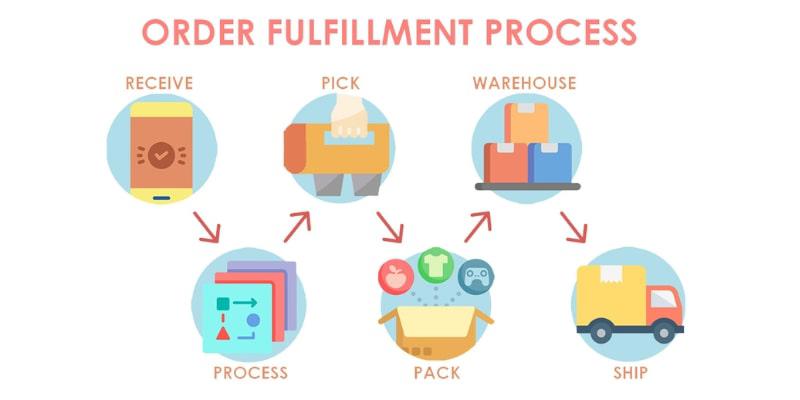
Related articles:
The term "automated fulfillment" describes the process of automating order fulfillment using technology. Important processes like inventory control, order processing, product selection and packing, shipping, and return handling can all be made more efficient with the aid of automation.
Automated order fulfillment aims to improve productivity and accuracy by eliminating tedious operations from human labor processes. Fulfillment automation include hardware and software solutions that analyze productivity and detect bottlenecks in order fulfillment processes, so it doesn't necessarily entail an invasion of robots on the warehouse floor.
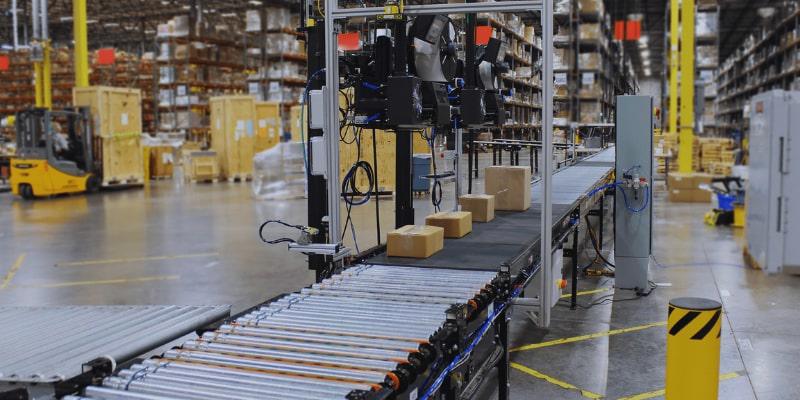
A third-party logistics provider (3PL) might, for instance, install an Order Management System (OMS) that interfaces with your online store directly to receive new orders in real time or invest in a conveyor belt system to more efficiently transport merchandise around a fulfillment center.
The top three technologies that 3PLs intend to invest in over the next three years, according to the 2022 26th Annual 3PL report, are 1) robotic systems for high-density storage, picking, and palletizing; 2) autonomous forklifts; and 3) wearables.
All things considered, automated fulfillment processes have several advantages. By adding automation, 3PLs can reallocate employees to more difficult jobs that require their specialized knowledge. In addition to saving money and increasing efficiency, this lowers errors in the fulfillment process. Businesses can benefit from automated fulfillment centers by having access to expedited fulfillment and reduced shipping costs, which increase customer satisfaction and increase the chance of recurring business.
Let's use an example to better grasp this. Think of two online retailers of t-shirts. Brand A offers more than fifty different T-shirt variations in various colors and sizes. They have enough workers to cover the floor and a sizable warehouse.
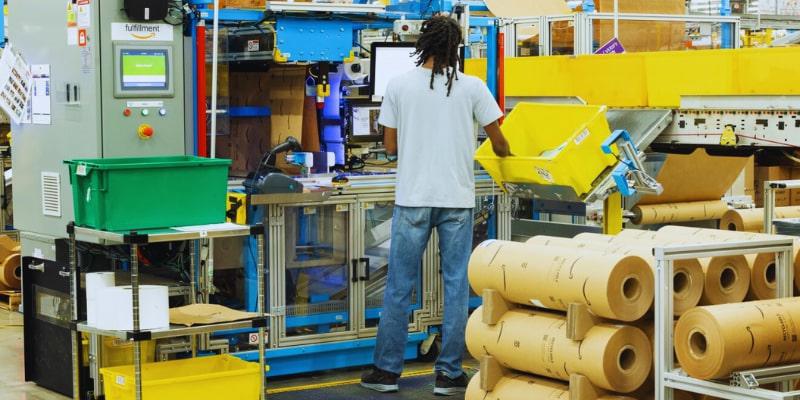
However, Brand B is in a comparable circumstance. Nevertheless, the sole distinction between the two online retailers is that whereas Brand B has set up a completely automated order fulfillment and warehouse management system, Brand A employs conventional, manual order fulfillment and contemporary warehousing procedures.
Let's now examine the following scenario: both of these brands are experiencing a high volume of orders during the holiday season, which must be completed as soon as possible. With traditional order fulfillment for Brand A, the warehouse management staff must hand pick, pack, and ship every item.
In this case, processing the order involves repeated human intervention. Since the warehouse staff must accurately pick up every item in the order before processing it for packing by hand, it takes significantly longer and is more prone to human mistake.
In contrast, Brand B has completely automated the order fulfillment process, making it faster and less likely to contain errors because there aren't as many human intervention points. For this reason, Brand B is more likely to complete all of its orders on schedule during times like the holidays.
Order fulfillment automation with an advanced digital warehouse system has countless advantages. There is less paperwork because the Digital Warehouse System manages everything and handles data handling more effectively.
Orders can be fulfilled automatically, meaning they can be dispatched on schedule with or without human oversight. The digital warehouse system is essential to this procedure, which is why shipping and other task pricing are standardized.
As the owner of an e-commerce company, the Digital Warehouse System generates and oversees activities to ensure optimal warehouse operations, improving efficiency and increasing revenues.
Verifying payment and shipping addresses is a major advantage of implementing automated order fulfillment and administration. The system needs to automatically check whether the shipping address entered by the consumer is deliverable and whether the payment method is legitimate when they make an order on your e-commerce platform.
By doing this, you can save a ton of time, as your warehouse staff may need a lot of time to manually verify shipment addresses and payment methods. By automating them, order abandonments and other frauds involving payments can be prevented.
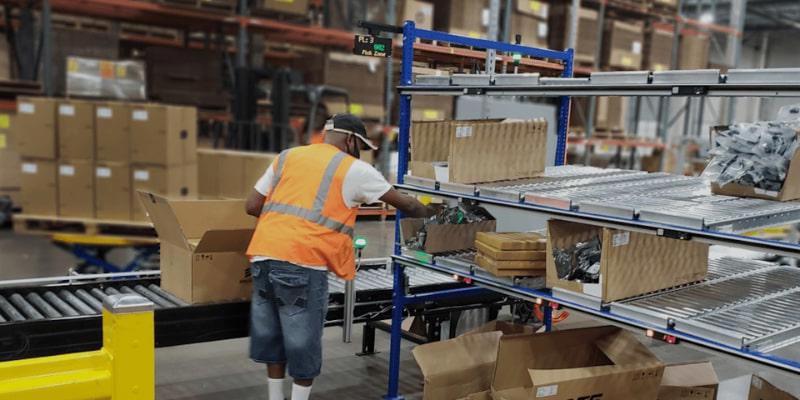
Commencing fulfillment operations is not as difficult as it might seem. Even new brands can master in-house fulfillment as long as they have a place to keep goods and some packing supplies on hand.
The true test is for expanding companies. What happens if order fulfillment cannot keep up with the rapid growth of your high-volume operation?
It may appear advantageous to have this issue. However, e-commerce enterprises receive less-than-satisfactory results from a struggling fulfillment operation. This includes increased rates of human mistake, greater shipping costs, and delayed deliveries.
A partial option is to hire additional staff and rent more fulfillment center space. Long-term cost-effectiveness for warehouse operations is, however, rarely achieved with this. An increase in orders leads to an increase in infrastructure and staff, which drives up fulfillment costs.
Brands may operate considerably more profitably with fewer resources by investing in order fulfillment automation to replace manual operations and expedite fulfillment.
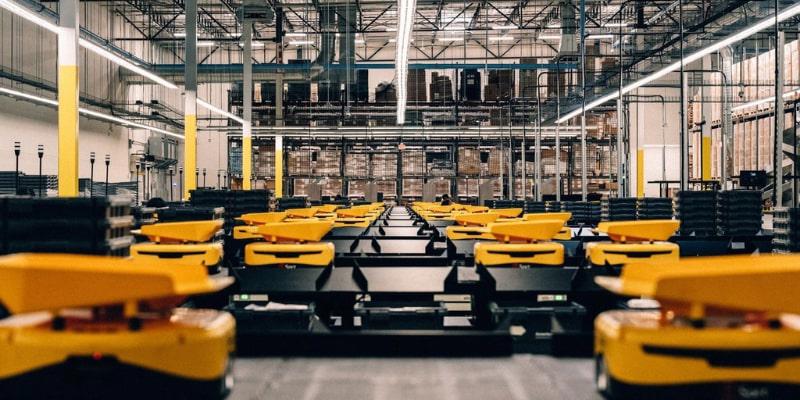
Omnichannel fulfillment can be difficult if your company operates both an online store and a physical location. Logistics, efficient smart warehousing, and omnichannel fulfillment are essential. Order processing with fewer errors and faster shipping can be facilitated by implementing automated order fulfillment.
You can simply track your inventory as an e-commerce business owner across all of your warehouses and retail locations. You discover that a specific item is out of stock at your warehouse when a consumer submits an online order.
Ensuring all of your purchases are completed and sent on time is made possible by the ability to instantly check if the same item is in stock in one of your stores and schedule a pickup. Order cancellations resulting from inventory stock-outs can be considerably decreased for your omnichannel business with automated order fulfillment.
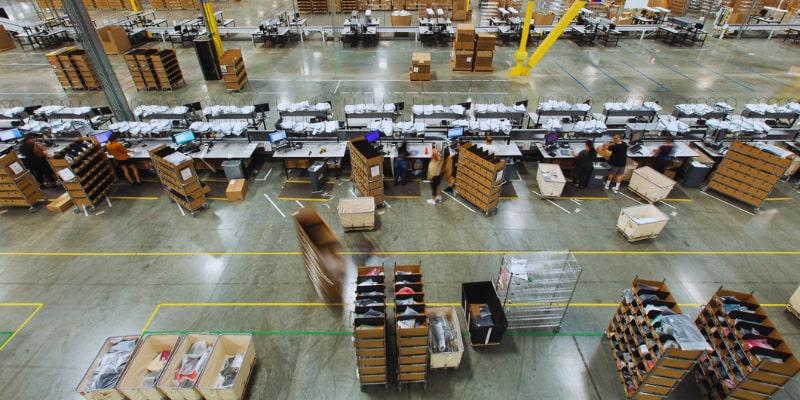
Automated order fulfillment has further advantages for your multichannel business. You can confidently put them on sale and distribute them to each channel because you have total visibility over your inventory, so you don't have to worry about running out of stock in your warehouse.
You may enhance your profitability and drive more orders by doing this. The National Retail Federation reports that company owners and executives in charge of retail supply chain operations think that automating their processes will increase their profits by more than 10% annually.
Not only that, but during the next two years, warehouse automation technology is predicted to expand and reach 80% of the industry. A growing number of companies are implementing contemporary technologies in order to grow and expand. It's time for your e-commerce company to get familiar with a strong warehouse management system that can easily automate your order fulfillment automation process and omnichannel strategy in order to outperform your competitors in today's competitive market.
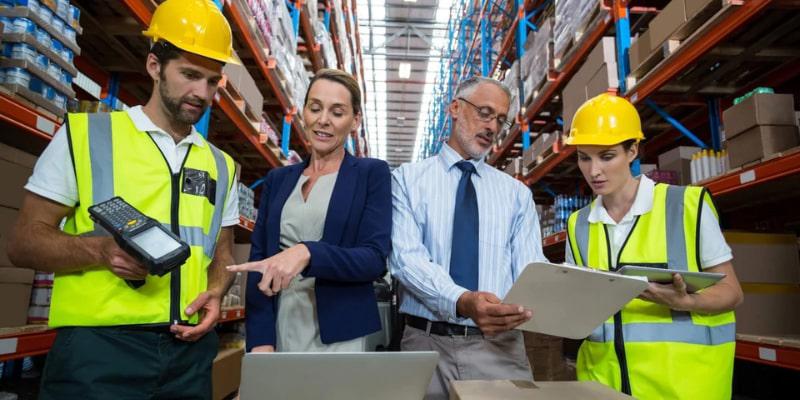
Let's go over a few crucial processes that occur in e-commerce order processing so you can see how the order fulfillment automation process can streamline your online store:
One of the most important phases in warehousing is inbound inventory. No matter what your warehouse stocks, it is essential to make sure that the inbound process runs smoothly from the start. To guarantee that every unit of inventory received is of a suitable quality, each unit of inventory must be confirmed, counted, and examined upon arrival. Like any labor-intensive operation, inventory management is very time-consuming and error-prone.
This is where the obstacles can be removed with the help of automating the inbound process. By doing this, the least amount of human labor would be needed, which would speed up inbound processing and lower errors.

Sorting is required once the inventory is received. The parameters that dictate the sorting and categorization of inventory are numerous. Faster-moving items may be the basis for inventory sorting in some warehouses.
Others may wish to arrange the inventory according to dimensions and weight at the same time. In any case, selecting the right parameters is essential to guaranteeing that the warehouse space is being used efficiently.
You receive real-time recommendations on how to arrange and store merchandise to maximize your warehouse space while maintaining inventory safety when you put in place a fully automated warehouse management system. A completely automated warehouse management system uses algorithmic and automatic ABC analysis to recommend the best places for your goods.
Upon receiving an order, the Order Processing Management System must initiate a planned process to ensure that the order is picked, packed, and shipped in accordance with specifications. In order to process orders with the least amount of time and the highest level of accuracy, it must methodically develop and complete jobs.
Each order is different, and in order to keep your clients satisfied, you must process them correctly each and every time. Every stage of the order fulfillment automation process is guaranteed to be efficient and error-free when automated order processing is used.
Choosing might be one of the most difficult warehouse tasks when there is a lot of goods. If your warehouse does not have an automated warehouse management system, it can be quite time-consuming to locate all the proper products in an order and pick them up.
The concept of warehouse picking automation is straightforward: the location of a specific item is exactly known by the warehouse management system. To guarantee error-free picking, the system guides the warehouse associate to that place.
Robotic picking makes things lot easier in your warehouse; the gadget is directed to the correct position by the warehouse management or control system, allowing for accurate item selection. In any event, e-commerce companies can benefit greatly from automatic picking.
The packaging crew or robotic equipment operates the packing station in certain warehouses. Regardless, selecting appropriate packaging materials is essential. Achieving the lowest dimensional weight is the main goal.
While that is important, we also need to make sure that we are not sacrificing package quality in order to prevent harm to the order during shipping. To meet all of the aforementioned needs, an automated warehouse management system can be implemented to make appropriate recommendations on packaging materials.
In this stage, the packaged order is sent to the shipping partner. The automated digital warehouse system's primary goal is to suggest the best shipping option.
The technology strikes the best shipping deal between several options, such as freight lines, airlines, and postal services, to identify the most economical combination of delivery time and cost. This is all done with the shipment route, anticipated order delivery date, dimensional package weight, and numerous other factors taken into account.
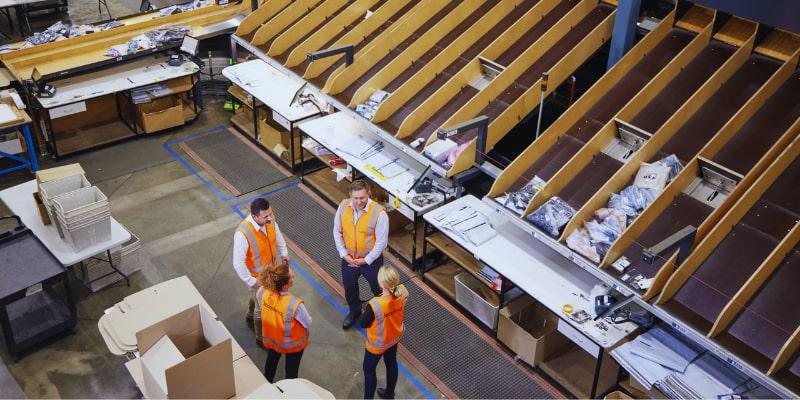
Return management is one of the most important aspects of any e-commerce company. When placing an order on an e-commerce platform, more than 65 percent of shoppers want to know if they may return the product if necessary. Running a profitable e-commerce firm requires having a strong return policy and return management system. For this reason, automating the return procedure may be especially advantageous.
Validating returns is the primary challenge in processing them. Before accepting an order that a customer is returning, you must confirm the reason. Following your approval of the return, you have to follow the package back to your warehouse to determine whether the item is suitable for resale.
Not only that, but different customers have varied expectations when they return items, so you must ascertain in advance whether the customer wishes an exchange or a refund before taking the appropriate action. It can take a lot of time and effort to complete all of this by hand.
When you set up an automated return procedure, the Digital Warehouse System will take care of everything. Customers are satisfied as soon as feasible as a result, and owners of e-commerce businesses may make sure that the number of orders they return is as low as possible.
Find out more about order return management best practices.
Join forces with an online merchant fulfillment company to have access to automated, efficient fulfillment processes. Because they make it simpler to see where they could be operating better, these aid in the elimination of inefficiencies and the optimization of cost savings. When you scale, your e-commerce fulfillment operation will continue to grow thanks to a 3PL partner committed to continual improvement.
For this reason, WorldCraft Logistics makes significant investments in fulfillment automation across the whole fulfillment process to provide best-in-class services that are specifically suited to each company's demands.
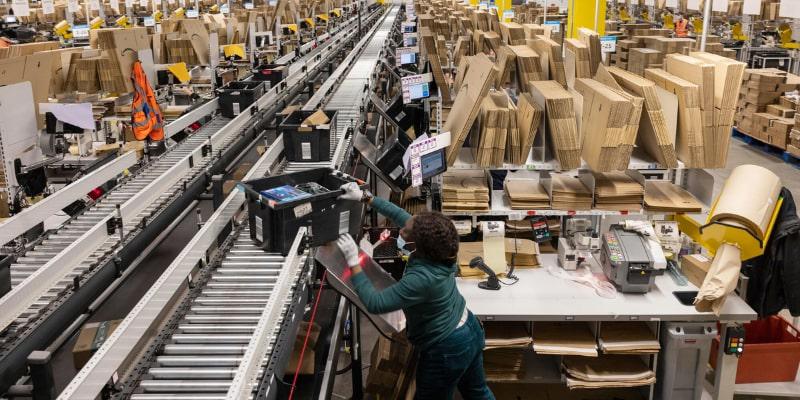
Although last-mile logistics frequently takes center stage when discussing home delivery, the solution starts far earlier in the supply chain, at the point of order receipt. To put it simply, brands can more easily meet their delivery deadlines the faster a new order is processed.
There has never been more demand for quick e-commerce delivery, and as behemoths like Amazon continue to establish new standards, this demand will only grow. A Wall Street Journal story claims that between 2012 and 2016, the percentage of customers content to wait more than five days for residential delivery fell from 74% to 60%. Moreover, same-day order fulfillment is becoming increasingly in demand due to the growing popularity of BOPIS (Buy Online, Pick Up In-Store).
Since our platform is Shopify, the technical integration with Whiplash was easy to understand and executed flawlessly. Zvika Alon, the COO of Ediked, said, "The onboarding process was very professional, and we saw how much of management's attention went into it."
WorldCraft Logistics provides two-way connections between its WMS and popular e-commerce platforms like Shopify, allowing retailers to remain competitive. This shortens the time between placing an order and the start of order fulfillment by enabling fresh orders to be automatically assigned to automated centers.

The fulfillment center will request that a warehouse "pick" and "pack" the necessary items for shipment when a customer puts an order. However, during the fulfillment process, choosing and packing is frequently the phase where the most time and efficiency are lost. Especially when their brand expands, manufacturers find it difficult to reduce pick times due to factors including complicated storage systems, bulky merchandise, and lengthy travel times between pick locations.
Retailers are increasingly adopting robotic technology to help warehouse workers with the selecting process as they struggle to meet demand for faster order fulfillment. In order to map the most effective travel routes for our pickers and identify "hot spots" where dynamic pick locations should be introduced, WorldCraft Logistics deploys over 150 LocusBots throughout our facilities.
We have been able to significantly improve warehouse management and turnaround times for our clients by up to 20 seconds per unit on average thanks to this special collaboration between human and robotic labor.
As organizations struggle with rising prices and the challenge of comparing delivery options in real time, automated fulfillment is seeing a growth in the automation of the shipping process. Increases in general rates, surcharges during busy seasons, and the cost of incoming freight all work together to reduce profit margins and add a great deal of time to the management of e-commerce businesses.
For e-commerce companies, achieving the perfect balance between shipping speed and cost is the biggest obstacle. While economy shipping options are significantly less expensive (particularly if your brand is paying for them), clients who have to wait a long period for their products may not be pleased. Similarly, while pricey priority shipping may be the best option, it's rarely economical.
"A wonderful illustration of the Whiplash platform's intuitiveness are the Order Rules. Despite having no programming skills at all, I was able to put up our main shipping plan. Without the need for protracted lessons, our customer service representatives have also been able to step in and get information. For a busy e-commerce company like ours, it's the perfect approach, according to Jon-Mark Craddock, Director of Logistics at Tuckernuck
Through its SmartRate options tool, WorldCraft Logistics provides customers with intelligent shipping method options in addition to its array of wholesale connections with big and local carriers. Use robust automation to determine the cheapest carrier prices based on your purchase history and simplify your shipping strategy.
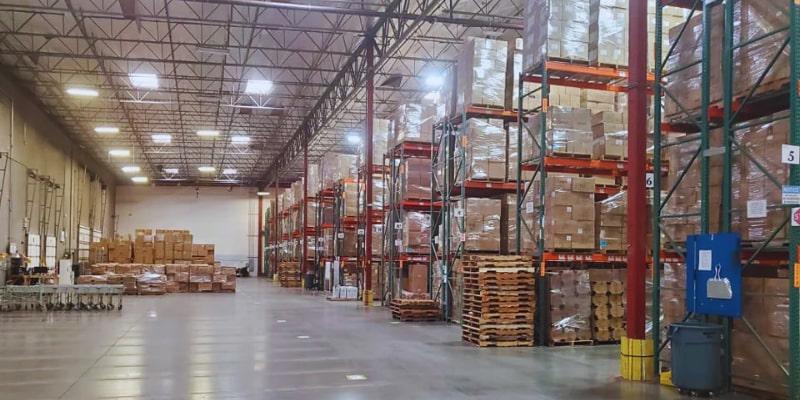
Despite the fact that returns are expected to cost US retailers $816 billion by 2022, reverse logistics is frequently disregarded when it comes to fulfillment automation.
Businesses that deal with e-commerce never want to see a surge in returns. However, a smooth return policy is a vital instrument for keeping customers. Ninety-five percent of customers say they will return items to a brand that provides a great return experience!
However, exchanges and refunds cause a lot of annoyance for consumers. This is due to the fact that a lot of shops demand that returns be manually accepted, which causes significant delays in the refund or replacement item process.
Software for return automation is your greatest ally in this situation. Brands may customize each stage of the return process using it, from shipping and restocking to return permission.
Providing native integrations with Happy Returns by PayPal, Loop, and Returnly—the top three return automation platforms. With the aid of WorldCraft Logistics, you may free your return process from countless emails and hold-ups. Your fulfillment center receives a new return or exchange request from a client automatically, allowing it to prepare replacement items and modify inventory levels. By doing this, you may prevent returned goods from building up inside your distribution facility and losing out on potential sales.
Fundamentally, fulfillment automation lets firms streamline customers' online buying experiences. Customers can receive their goods sooner and receive more instant customer support with more effective fulfillment operations, which builds a loyal customer base. You should think about discussing the integration of automated fulfillment centers into your workflow with your e-commerce fulfillment supplier. If you presently handle your own fulfillment, you should think about collaborating with WorldCraft Logistics to offer efficient, reasonably priced fulfillment at every level of your e-commerce fulfillment process.
SEO
Digital Marketing/SEO Specialist
Simon Mang is an SEO and Digital Marketing expert at Wordcraft Logistics. With many years of experience in the field of digital marketing, he has shaped and built strategies to effectively promote Wordcraft Logistics' online presence. With a deep understanding of the logistics industry, I have shared more than 500 specialized articles on many different topics.

Education
01/05/2025

Education
02/18/2025

Education
01/01/2024

Education
08/28/2024

Education
11/13/2023